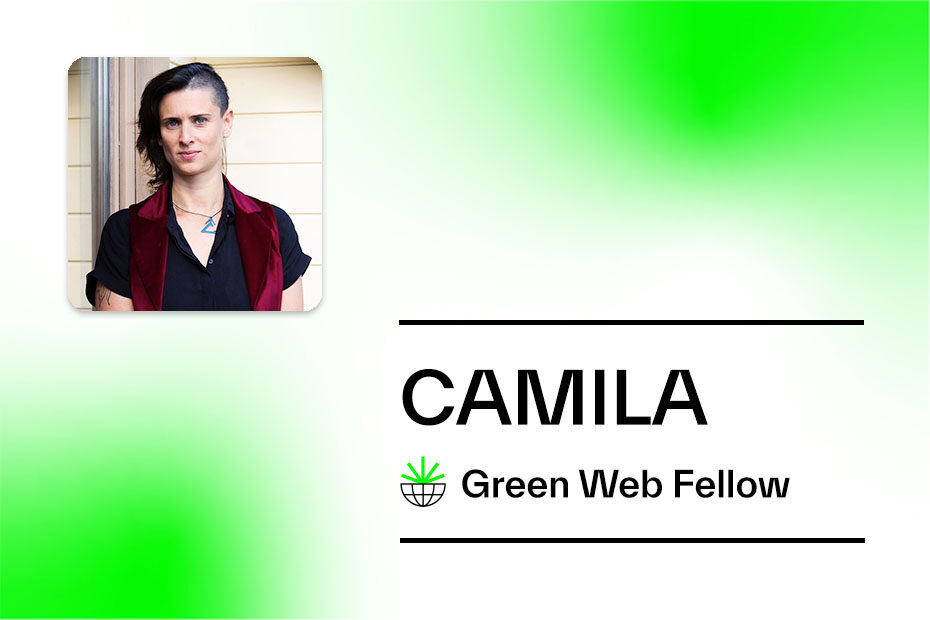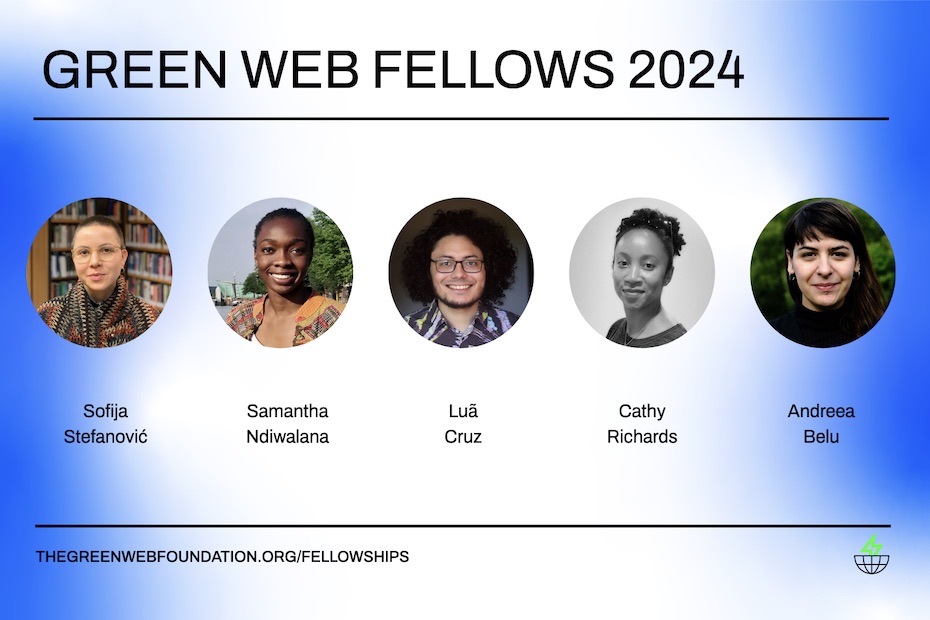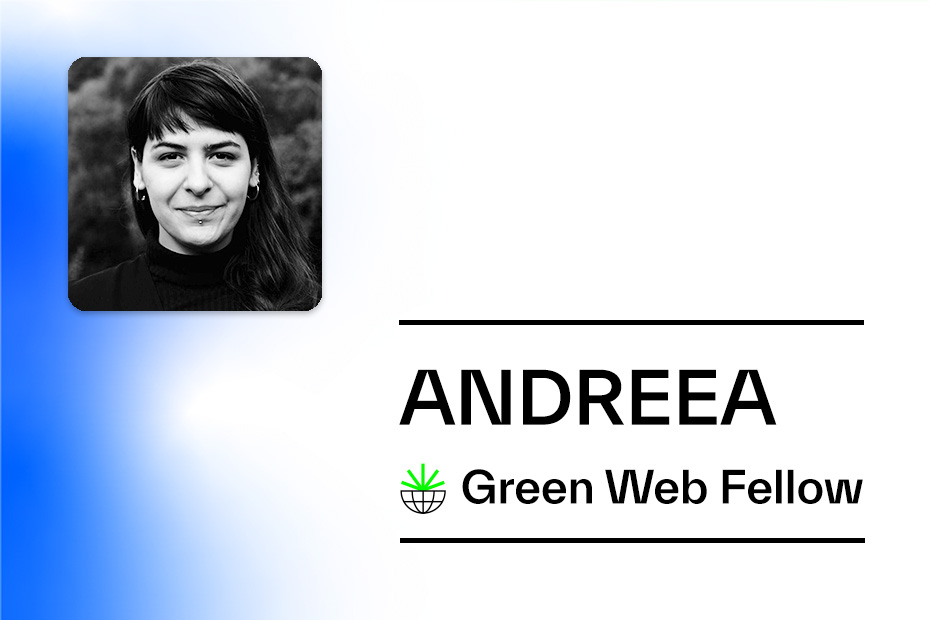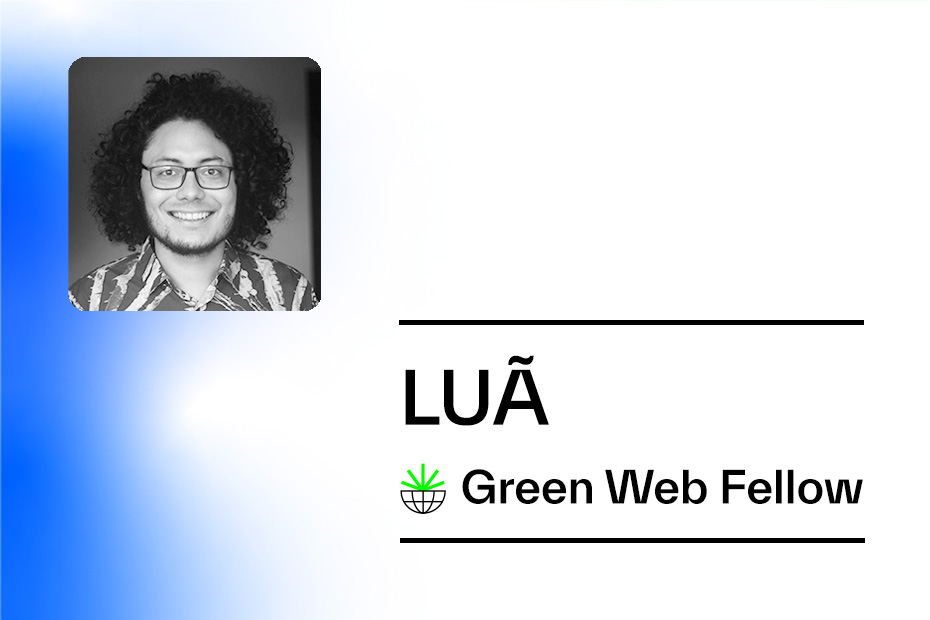“This is a piece of submarine cable.” I said this as seriously as I could, pointing to an aquarium full of water and a piece of old garden hose full of small loose wires. Some people looked on from afar and laughed, others came closer to observe, some took photos. “Is that right?”. “I don´t think so.” “But how do you know, have you ever seen a submarine cable anyway?” Laughs, doubts. “Can we take a quick look on the internet during the exercise?” The conversation went far. But, after all, what a submarine cable has to do with environmental justice, territories and data infrastructures?
I brought the “cable” from a Schrebergarten of two friends – Alex and Catalina, that will appear again in this text soon. Extra translation: it is not so easy to translate this German word, we could go with “allotment garden”. In practice, it is a small part of a larger piece of public land granted to a person/family to grow food. Together with Shuntaro Yoshida, Alex Vitero organized the “Feral Encounters” event that took place last weekend at Lake Studios, near a lake called Mügelsee, in Berlin’s Köpenick district.
Submarine cables and environmental justice
The starting point of the meeting was urban gardens and plots as sites of resistance and collaboration. However, their idea was to expand to bigger connections on land and social-ecological transformation in different senses. So, once we talked before the event about the project “Feminist Architectures of Investigations on Megaprojects”, part of my fellowship at the Green Web Foundation, they were up for expanding to intersections between climate justice and social-environmental justice and the clouds that nowadays are part of our daily lives, making it possible to connect struggles across continents, and on the other hand causing huge transformation in territories.
Therefore, my provocation in the gathering was based on provocations around the materiality of the networks that connect us. Networks that have made it possible to extend life into the digital sphere, but which, in the collective imagination, still seem distant, abstract and not very tangible. Precisely for this reason, when we look at its materiality, doubts hover, and the elements of reality and speculation are no longer easy to identify for people who are not part of digital infrastructure implementation, planning or political debate. Nevertheless, this is also what makes it so interesting to develop this kind of activities with different audiences with multiple backgrounds, memories and relations to the topic.
Infrastructure. Megaproject. Big words that seem distant but that, in practice, depend on land, territory, water and other common goods. That´s how it works with with any large-scale project, the result of massive demands, such as hydropower dams, mining sites. So it happens with the internet, and all the data infrastructure around it. I know it’s a big vocabulary for someone new to the subject, but in the methodology we’re talking about, every doubt matters. To identify the gaps or the complete absence of information about some of these infrastructures is pretty valuable.
Toga. Five weeks without internet
An island near Australia called Toga, which spent five weeks without internet access in 2022 as a result of a damage on the only submarine cable was our starting point. After engaging with three sound pieces I have been developing for the project, people worked in groups to figure out the full story. They searched for the gaps, and further doubts they would have about the issue as a whole. In the second part, we started a collective brainstorming; a kind of a meeting of editors and reporters, but without hierarchies. Who is in the room? From the position we occupy geographically, from our profession, backgrounds, identities… which piece of the puzzle could each one dive deep? The aim of the activity was to build a space for the construction and exercise of collective research.
How could a collective investigation look like?
How many people live in Toga and how did they feel about it? Did some people escape… did others want to be disconnected forever? How does data travel? What does a submarine cable look like? Why, after all, do they follow routes already so marked by colonial routes? What is a data center for and why there are communities fighting against their installation? How do the two connect, does a data center depend on submarine cables? But… how deep is that and who can fix it? By the way, how many data centres exist in Berlin, close to where the activity was taking place? Many questions came and guided the discussion, as well as the formats it would take.
The meeting happened during the whole weekend, with provocations of other artistis /researchers, such as Promona Sengupta, Roni Katz, Siegmar Zacharias, Yuni Chung (Chōri Dance Collective), Catalina Fernández & Alex Viteri Arturo (Violeta) and Jared Gradinger.
But, after all… have you ever seen a submarine?



